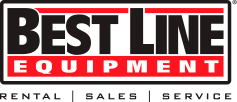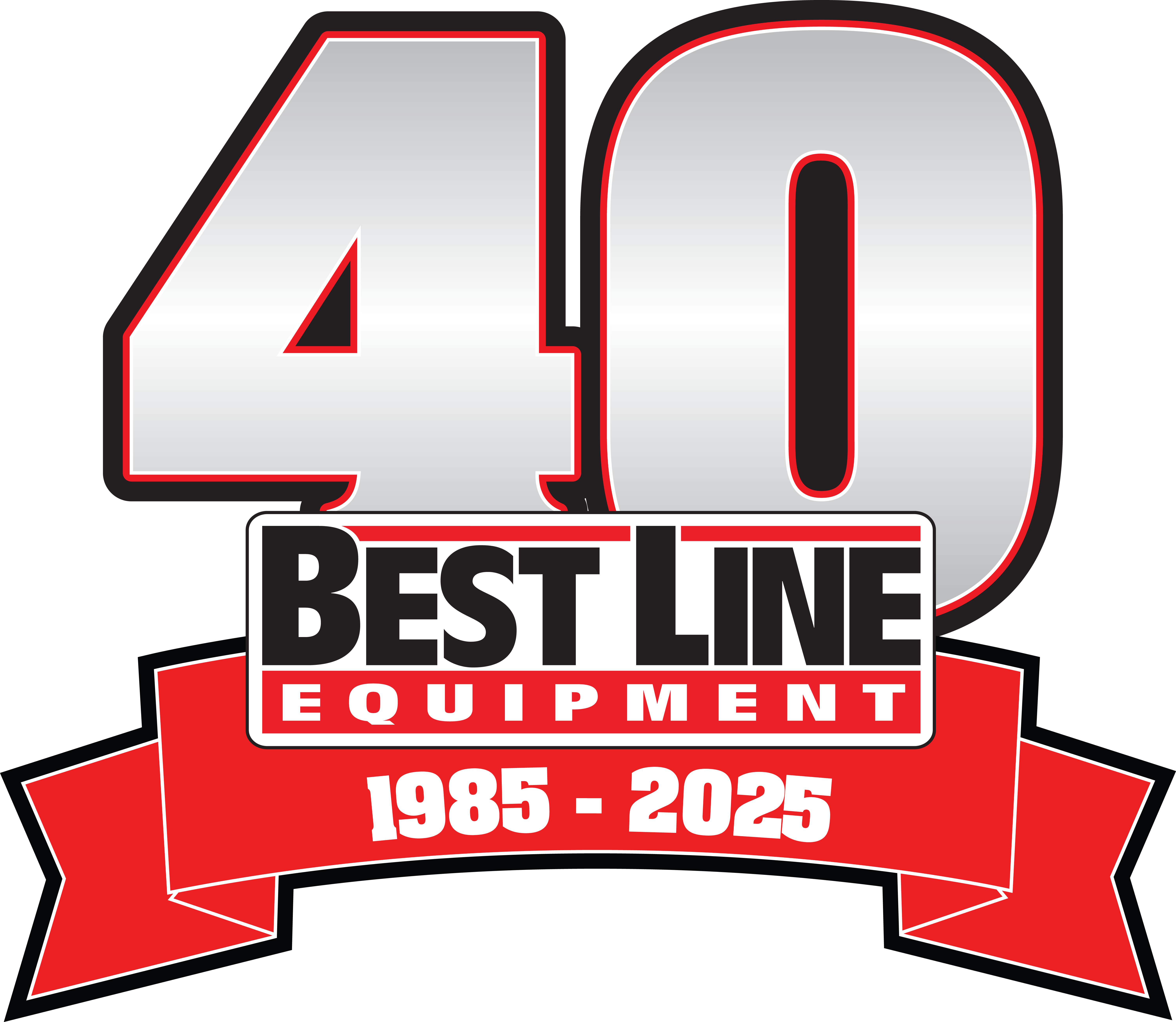3 Tips for Healthy & Longer Living Undercarriage
Jan. 12 2018
Heavy Equipment

One of the hardest working and forgotten parts on an excavator or compact track loader is its undercarriage. The under carriage is the reason moving parts such as idlers, rollers, and sprocket components are able to function properly for the machine to work and get the job done. Did you also know that the undercarriage can be responsible for up to 50% of the machines maintenance costs? By keeping a properly maintained machine and following a few simple owner and operator tips, you'll increase your chances to get more out of your undercarriage and less out of your wallet.
Track Tension
An incorrect or poor track tension on your machine can lead to increased wear and tear on the machine. It is recommended that the operator of the machine runs it for a half hour to enable the track to accustom to the working area before the operator checks and sets the track tension. Tension that may be too tight will cause stress on the undercarriage and waste horsepower. A loose tension can cause whipping at higher speeds, which can then lead to sprocket wear and excessive bushing. It is always a good rule of thumb to readjust or check the tension if the working conditions after such as after rainfall.
Operator Practices
The majority of machine operators can still struggle from time to time to notice track slippage until a near 10%. With that being said, the slippage can cause decreased productivity and increase wear rates.
At the end of the work day take the time to check and clean out dirt and debris that may lead to undercarriage buildup. By cleaning the possible built up debris from the undercarriage you are allowing the rollers to be able to turn freely when you go back to work. It is especially important to clean debris in wet conditions or in any situation where the debris can become packed or frozen.
For more information about undercarriage and heavy equipment, give one of our experts a call today!
An incorrect or poor track tension on your machine can lead to increased wear and tear on the machine. It is recommended that the operator of the machine runs it for a half hour to enable the track to accustom to the working area before the operator checks and sets the track tension. Tension that may be too tight will cause stress on the undercarriage and waste horsepower. A loose tension can cause whipping at higher speeds, which can then lead to sprocket wear and excessive bushing. It is always a good rule of thumb to readjust or check the tension if the working conditions after such as after rainfall.
Operator Practices
The majority of machine operators can still struggle from time to time to notice track slippage until a near 10%. With that being said, the slippage can cause decreased productivity and increase wear rates.
- Change your directions! Often time's operators can fall into a rhythm of consistently turning the same direction when on the job. It is always good to change your direction to decrease travel on the outside track. What ends up happening if you consistently turn the same direction is it results in unbalanced wear with more travel miles on the outside track. If you alternate your turning directions when you can, you can help keep the track wear rates the same.
- Sometimes, slow and steady does win the race! By minimizing nonproductive high operating speeds, it can reduce wear on your undercarriage components. Also when possible, try making wider turns. Making sharp turns can lead to accelerated wear and increase the chances of de-tracking your machine.
- Every operator should start their day by conducting a walk around. The visual inspection of your powerful machine should include a check for loose hardware and pieces, leaky seals, dry joints, and abnormal wear patterns.
At the end of the work day take the time to check and clean out dirt and debris that may lead to undercarriage buildup. By cleaning the possible built up debris from the undercarriage you are allowing the rollers to be able to turn freely when you go back to work. It is especially important to clean debris in wet conditions or in any situation where the debris can become packed or frozen.
For more information about undercarriage and heavy equipment, give one of our experts a call today!

